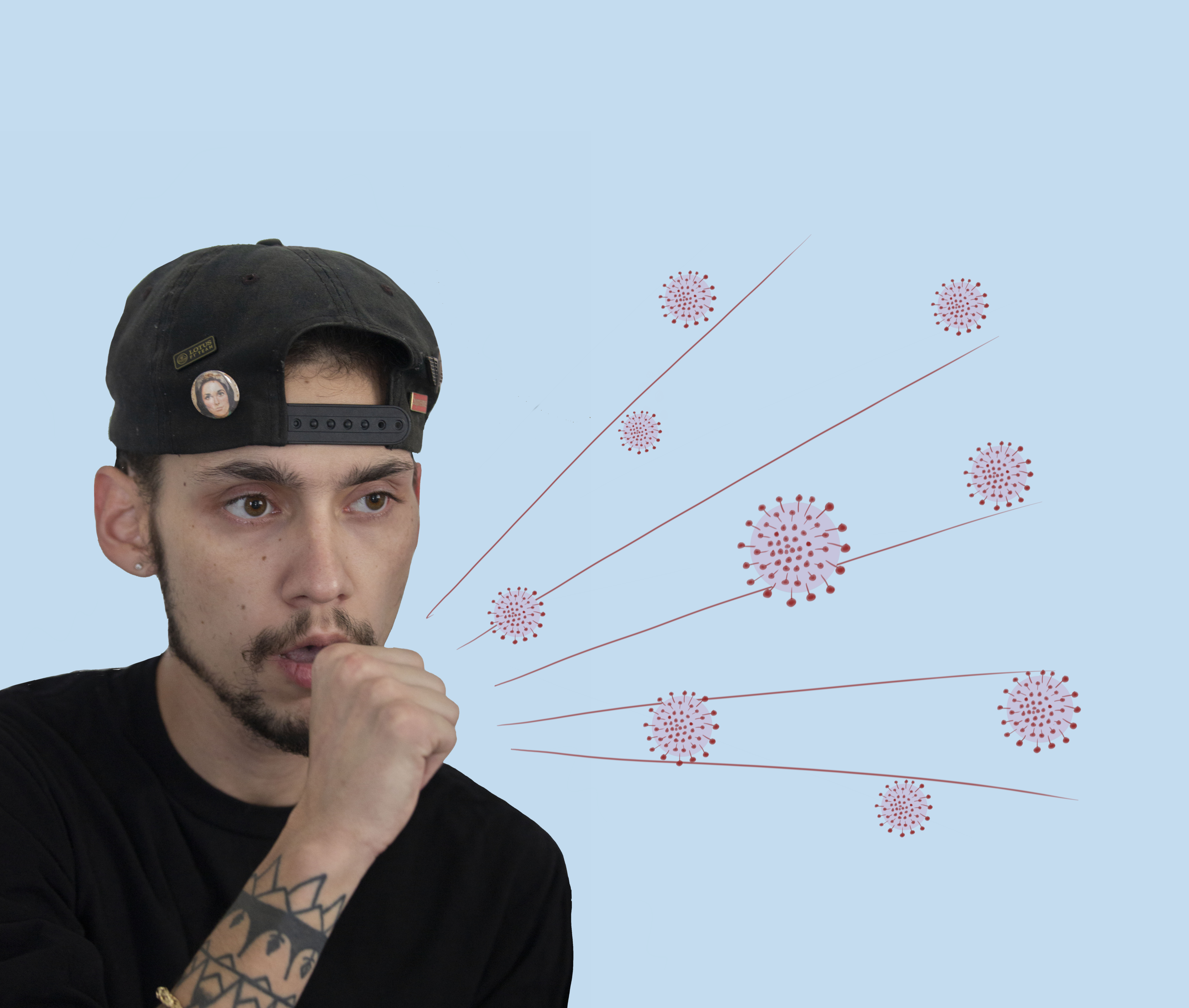
With coronavirus myths aroused, Dr. Neha Shah suggests students think “outside the box and inside the house.”
Dr. Shah, a physician at Piedmont Healthcare, wants to debunk the idea that only older people are affected by COVID-19, and address its risks and severity for young adults and college students.
Shah is no stranger to viruses. She studied at the St. George’s University School of Medicine and then became a resident of internal medicine and fellow of infectious diseases at the State University of New York Health Science Center.
“I did a lot of my training in [a] New York City Hospital,” Shah said. “It’s the best place to train. You’re in the trenches [ and you see] all sorts of crazy things.”
Corona in College
Many believe that older people are the most susceptible to COVID-19 since age is a risk factor. The Atlantic published an article discussing the widespread belief, and the WHO addressed it on their Mythbusters’ article.
The CDC’s website states that 8 out of 10 COVID-19-related deaths are of those 65 and older. However, the risks and implications of COVID-19 are not limited to older people and can affect healthy young adults.
“Although younger people [may] not have any underlying medical condition,” Shah said, “they may be at much risk for severe complications. They can still become severely ill and even die.”
According to The New York Times, as of Sept. 25, there have been over 130,000 cases of COVID-19 across 1,300 universities and colleges.
The CDC stated that around 23% of American COVID-19 cases occur with adults between 18 and 29, which constitutes the largest age group to contract the virus, even higher than the 20% of adults between 50 and 64.
According to Morbidity and Mortality Weekly Report, the CDC’s weekly digest, “the median age of COVID-19 cases declined from 46 years in May to 37 years in July and 38 in August.”
“We’re learning all the time what this virus does,” Shah said. “One thing that we don’t know yet [is that] even if someone does get sick and may recover, there still could be long-term consequences from having the virus.”
Shah mentioned the story of Chad Dorrill, a 19-year-old basketball player who, despite his incredible fitness, died from COVID-19 complications.
According to the CDC, as of Sept. 30, 362 people from 15 to 24 years old have died from the virus. There were 1,513 deaths for those between 25 and 34.
“I know some young people will say, ‘Oh, [362 or 1,513] is not that many.’ You don’t want to be that one in a million that has something [happen] and die from it. I just don’t think it’s worth the risk,” Shah said.
Prevention or Cure
Shah shared doubts that the vaccine will be ready this year. She instead predicted that the vaccine might come next year.
“[It’s] not something that happens overnight,” she said. “Until then, this is kind of our new norm.”
She recommends that students practice the three W’s: wear your mask, wash your hands and watch your distance.
“The biggest thing with wearing a mask is [that] it’s not enough alone,” Shah said.
If changes are made, Shah believes that universities could return to face-to-face learning.
“If precautions can be taken, [like] ensuring everyone is wearing a mask and … [ensuring everyone is] six feet apart,” she said, “if everyone is doing their part and their due diligence … there may be a way to make all of this work.”
Can We Make It Work?
Face-to-face classes versus online learning is still a divisive issue, both among students and the administration.
On the students’ side, a petition to make Georgia State classes online-only reached over 100 signatures. At the same time, many canceled their housing agreements with the school when more classes were converted from in-person to online in August.
“We have under 3,000 residents residing on campus as of today,” Shannon Corey, Interim and Associate Director of Resident Life, said on Sept. 3. “Having … completed move-in, we are still reconciling those who did not show or those who are still canceling, and we are still assigning a few students as well.”
Meanwhile, Georgia State’s administration has done what it can to hold classes mostly online, and the University System of Georgia (USG) has maintained its position in favor of face-to-face learning.
The USG’s chancellor “emphasized the importance of physical presence on campus to the student experience,” stating in an agenda of the Board of Regents’ Sept. 15 meeting that online-only instruction “would be detrimental both to students and to the USG.”
Georgia State Provost Wendy Hensel, who manages academic affairs, said Georgia State is reserved for classes that need it, such as band classes.
“In the average, typical classroom, [social distancing] cuts the capacity to less than 25% of the seats,” she said. “We…use [a lot] of the space on campus…so [it’s not] like we could just… make minor modifications and still be able to hit that six feet of social distancing.”
Better to be Sick of Home than Sick at Home
While the pandemic has limited how the world interacts, Shah believes that people can still be together, even if they’re apart. She recommends that they think “outside the box but inside the house” or “outside the box but inside the mask.”
“I have heard some cool things about people … doing game nights [virtually],” Piedmont Healthcare Senior Communications Specialist Nicole Dillon said.
Shah said that she has held virtual game nights with a lot of her friends and it has strengthened their bond.
With quarantine measures still in place and the vaccine seeming to be a year away, Shah said this might very well be the “new norm.”
